Tokina atx-m 23mm F1.4 X Review
Optical Design Graphs of this review were taken from the official Tokina website (www.tokinalens.com).
All other photos of this review were captured by Christophe Anagnostopoulos.
November 20, 2020 -> Full Review was published.
*Please note that until the time of writing this review, Adobe hadn’t released a Lens Profile for Camera Raw/Photoshop/Lightroom.*
*UPDATE February 1, 2021-> New Sample Photos added*
***Reading Time: 35 minutes***
Intro
In the last couple of years (starting from 2017), Tokina has completely redesigned and changed its lenses line-up, introducing and releasing four (4) new series of lenses (opera, FiRIN, atx-m, SZX), while also had completely redesigned their best selling atx series (now atx-i), in order to follow all the modern day standards as also photographer’s needs.
All of the latest Tokina lenses are of highest quality and performance, covering the most popular camera mounts and almost all focal lengths, with types of lenses from ultra wide angle, to premium primes and macro, giving the ability to the photographer to capture some amazing photos and videos in almost all photographic genres.
Now Tokina further expands its line-up, becoming the first major Japanese third party manufacturer that enters the very popular Fujifilm X Mount system.
And in this review we will take a detailed look into one of the first lenses from Tokina for this mount, the atx-m 23mm F1.4 X.
Regarding the name of the new series, Tokina preserved the “atx” word which is ensuring that advanced technologies are present in this new line of lenses as well, while the “m” letter, who stands for “motif” and “mirrorless”, means that the design and specifications of all the new lenses of the series, will help the photographer create unique and breathtaking photos with mirrorless cameras.
Important Notice: At the time of preparing all the needed material and information for this review, in example when making the tests and photographing outdoors, till today November 20th, Greece is once again in Lockdown, which practically means that the amount of time that could be spend outdoors was very limited.
So please forgive me for the low amount of images, as also the lack of specific genres like street photography, etc.
Why 23mm?
The focal length of 23mm on a Fuji X camera is the equivalent of 35mm on a Full Frame sensor, which is probably the most used one in the photography world (along with that of 50mm), no matter the type of photography genre.
From environmental/urban portraits to documentary, from landscape to street photography, or even weddings and videos, this focal length is so versatile that it can be used in almost every scenario.
This is the reason that almost all photographers want to have this type of lens in their camera bag.
Fuji X Mount
The Fuji X System is one of the most popular currently on the market, despite not being Full Frame, mainly because of the excellent image quality of Fuji cameras and most importantly for the analog, film-like feeling in terms of result in photos as also in overall user experience.
Fuji is one of the very few camera companies originating from the analog/film era that completely understood the needs of the digital/modern industry and fully adapted to that, while maintained at 100% its mentality and philosophy.
Build Quality, Lens Handling & Design
The Tokina atx-m 23mm F1.4 X lens has a sleek, minimalistic and modern design following the guidelines and standards of all the latest Tokina lenses, while also fitting perfectly to the Fuji design style.
The lens, which is made in China with high quality standards and materials, has a metallic housing with a subtle glossy black finish.
It is very well built, it feels very robust and solid at touch, and although it isn’t weather sealed, I suppose that it can withstand some normal weather elements, like a light rain (the weather is still summer-ish in Antiparos and I didn’t have the chance to test it in extreme conditions yet, sorry).
Size
Despite its metallic construction, the weight of the lens is only 272g (without the lens hood and front/rear caps), and has a physical size of 72mm x 62mm.
The lens is very small and lightweight which practically means that you can easily leave it attached on your camera all day without tiring, fitting perfectly on all Fuji X System cameras, from entry level to pro models.

Mount
The mount is made of metal and it doesn’t have any dust protective rubber ring.
The electronic contacts are providing full communication with the camera body so all in-camera corrections will be applied, and in case the camera model is one of the latest with IBIS (i.e. X-H1, X-T4, X-S10), then the 5-Axis Image Stabilization will work perfectly.
Please note that there is a small plate on the mount.
I asked Tokina about this, and they informed me that this is part of the internal production and adjustment process.
My guess is that the metallic plate was placed in order to minimize possible dust or water insertion on the lens, although I didn’t receive any further information about this.

Fujifilm AF Protocols?
Although there is no official information about a possible connection between Tokina and Fuji, I strongly believe that the lens was manufactured according to Fuji AF protocols.
My thoughts are based on a press release from a Fuji official back on April 2020, shortly after Tokina first announced the development of the new atx-m 23mm F1.4 X lens, that their lens protocols are open and Tokina is the first to take advantage of it.
If this is indeed correct, that practically means that no reverse engineering has been used in the design of this lens, and that ensures the best possible lens performance.
Focus Ring
The focus ring has a large size (covering almost 60% of the lens barrel) with a good solid grip.
It has a very smooth feeling when focusing, offering the proper level of resistance to the user.
In addition with the “Linear” Focus Ring Operation option in the camera menu, the manual focus experience resembles (in a certain point) that of a mechanical focusing lens.
The lens utilizes the Focus-By-Wire implementation for focusing, something that allows smoother and silent autofocus.

Aperture Ring
Following the Fuji design philosophy, the lens features a dedicated Aperture Ring to provide the best possible user shooting experience.
It is way smaller than the focus ring but it has a good solid grip, and it is located near the mount so its unlikely to be changed accidentally.
In terms of changing the aperture by hand, although the ring feels more stiffer comparing to the focus ring, it again provides the proper level of resistance when changing aperture.
Its very important to note that the aperture ring is click-less, providing the ability to the user to manually change the aperture very smoothly (extremely helpful in video mode), while also having an “A” position for Automatic Aperture change directly from the camera.
However, there is a soft clicking mechanism between F16 and A positions to prevent accidental miss-setting.
Personally, I would love to see the implementation of Tokina FiRIN 20mm F2 MF here as well, with a small switch on the body that gives the ability to the photographer to change between clicked or click-less aperture easily.
When shooting video, click-less aperture is a must have, however when shooting stills I find it better for my shooting style to feel that small click when changing aperture.

Lens Hood
The included BH-523 Lens Hood is made of metal and it can be stored in the lens by attaching it on reverse.
It has a normal size, fitting perfectly with the overall lens looks in both terms of size and build quality, and it can protect the front element from unwanted hits or scratches, while also preventing any unwanted artifacts from incoming light.

*Testing Notes*
All indoor tests took place in my photography studio in a controlled lighting environment.
Dedicated lighting scenarios were created depending the needs of each test.
The Lab Chart Test is “ISO 12233”.
Other Tools used: i) SpyderCheckr24 & ii) Spyder LensCal.
The camera used for this review was a Fuji X-T3 with Firmware version 4.00.
Autofocus
Autofocus in Photography
The lens features an ST-M focus motor, which is almost totally silent in its operation.
The autofocus speed is very quick and accurate on my Fuji X-T3 even when used wide open at F/1.4.
Eye-AF is also working properly and accurately, and in case of manual focusing, Focus Peaking function is working properly thanks to the transmittance of data via the electronic contacts.
Please note that there is no AF/MF switch on the lens, but accurate focus adjustment can be executed manually at any time by turning the focus ring.

The minimum focusing distance is 30cm, and in general I didn’t encounter any issues when focusing close to subject.
Actually, the minimum focusing distance along with the focal length and wide aperture of F1.4 can create some really interesting compositions.
In general I found it very easy and simple to achieve manual focusing in almost all situations, both in daytime and at low light.
However, please note that at my copy of the lens when manual focusing to infinity, the “proper” infinity setting based on the camera distance meter was in the middle between 5.0m and 10m, like shown on the picture below:

Autofocus in Video
Everything that was mentioned on the previous Autofocus part for stills, also applies in Video Shooting as well.
The lens focus motor is silent, so the chances of recording the focus motor are minimal (except if its deadly quiet out there).
Regarding AF speed, tracking and accuracy the lens performance is very good, making it a great option for run-and-gun/gimbal video shooters, like in example in weddings.
Optical Design
Despite its relatively small size, Tokina Technology is 100% present, as the lens features a complex optical design with 11 elements in 10 groups, including two (2) Super-Low Dispersion Glass Elements, which are eliminating chromatic and spherical distortions, as also reducing any ghosting and flaring. By using this design, the lens allows optimal resolution even with the aperture wide open at F1.4.
Tokina’s exclusive Super Low Reflection Multi-Coating is present as well, providing very good contrast levels across the frame, with natural color rendering and water/oil/dust repellent abilities.
Lastly, the lens features a diaphragm of nine (9) blades and the angle of view is 63 degrees.
Technical Specifications
- Mount Type: Fuji X
- Focal Length: 23mm (35mm equivalent in FX)
- Compatible Format(s): APS-C
- Maximum Aperture: f/1.4
- Minimum Aperture: f/16
- Angle of View (FX-format): 63°
- Elements: 11
- Groups: 10
- Diaphragm Blades: 9
- SD (Low Dispersion) Glass Elements: 2
- Coatings: Multi-Coated
- Filter Size: 52mm
- Image Stabilization : N/A
- Autofocus: Yes
- Focus Mode: Autofocus/Manual Focus
- Macro ratio: 1:10
- Minimum Focus Distance: 0.30m
- Length: 72mm
- Diameter: 62mm
- Weight (Approx.): 272 g
- Hood: Round Bayonet type BH-523 (included)


Optical Performance
From F/4 till F/8 sharpness is in excellent levels in the center and very good at edges, scoring a fantastic rating in overall sharpness across the frame.
From F/9 overall image sharpness is starting to reduce slightly, delivering a good overall image sharpness, with some loss in detail.
Sharpness in Real Conditions
No matter how useful may the lab tests be, as they can show potential flaws in lens design or make a lens look fantastic into the sterile environment of the lab, it is also very important in my opinion to check every lens in real-life conditions. Only then you can find out if the lens is indeed so good or not so good.
In the case of the atx-m 23mm F1.4 X, the lens is indeed very sharp wide open at the center of the frame with good sharpness levels at the edges of the frame, but most importantly for me it was such a joy to use it! I honestly don’t mind if the edges are a little softer than it could be, I liked the fact that the lens can create easily some nice looking pictures.
Focus Shift
Focus Shift is an optical problem that can result in blurry images and many focus errors when working with wide aperture lenses and usually the subjects are in close working distance.
In the case of Tokina atx-m 23mm F1.4 X lens according to my tests, there is no visible shift when changing focus.
The target was a Spyder LensCal tool and it was placed at lens minimum focusing distance of 30cm.
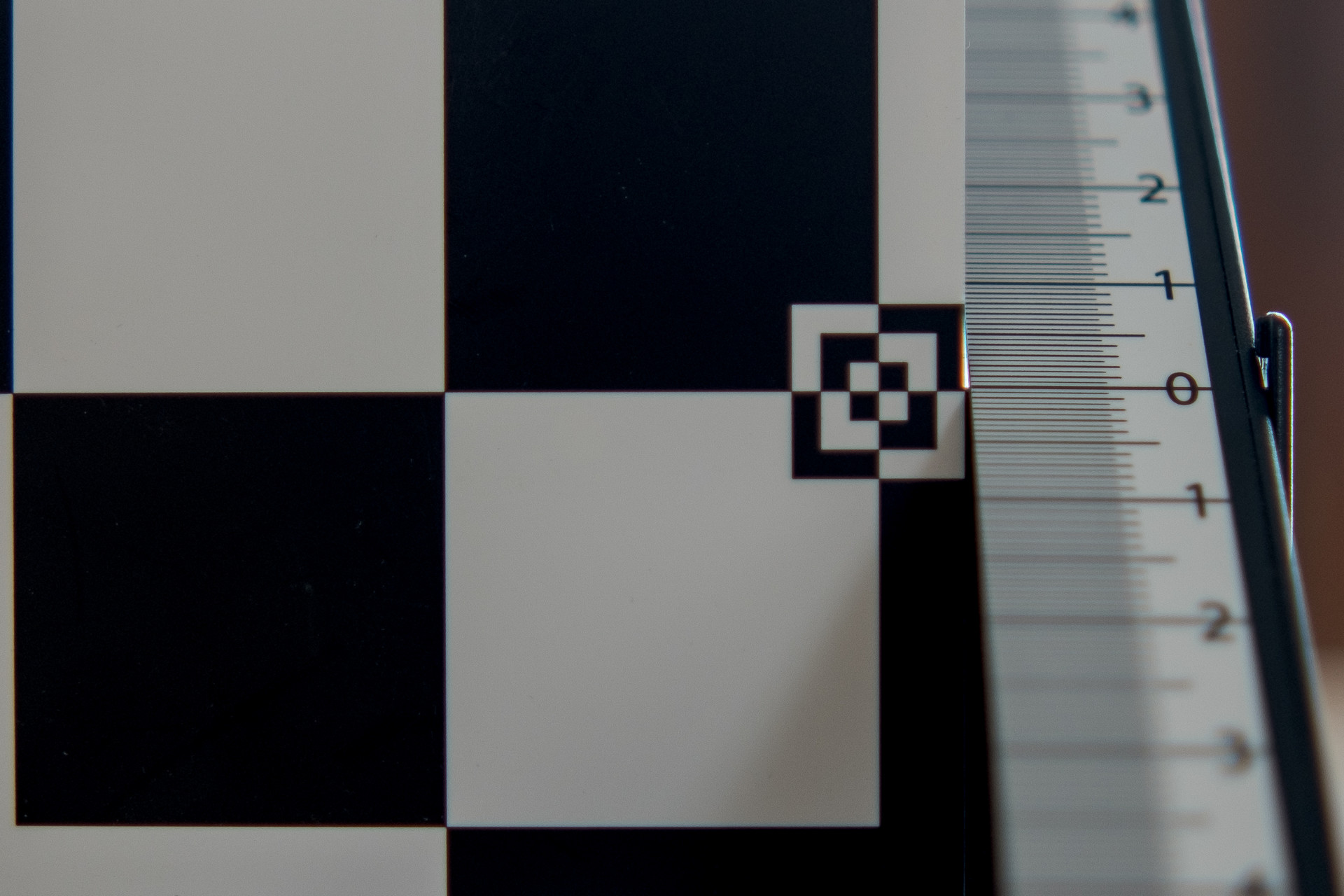

Bokeh
The nine (9) blade diaphragm along with the wide aperture of F1.4 can create some really nice transitions between the in and out of focus areas, and of course, create a delicate and beautiful bokeh.
Although the APS-C sensor in theory cannot create the same depth of field and end result comparing to a Full Frame sensor, I found the bokeh performance of the atx-m 23mm lens wide open at F1.4 to be very good in the center in terms of bokeh effect and rendition of the focused areas, looking very similar to a 35mm FX lens.

However, please note that when wide open at F1.4, there is a slight deformation effect (“cats-eye”) on the bokeh near the edges of the frame, like shown in the images below.
Chromatic Aberration
Chromatic aberrations, or fringing, are those green and purple color halos around areas of difficult (high) contrast transitions.
In the case of Tokina atx-m 23mm F1.4 X, Chromatic aberrations are very well controlled thanks to lens optical design, as the lens is producing less than 2 pixels of CA which practically means that it is not visible in most cases.
Flaring
Thanks to Tokina’s Exclusive Multi Coating technologies, the Tokina atx-m 23mm F1.4 X lens performs very good when shooting against very bright sources of light.
Depending on the light source angle, there might be some very small signs of flaring, but it is very easy to remove them in post processing.
Color Rendering
As mentioned before, due to Tokina’s exclusive Super Low Reflection Multi-Coating, the Color Rendering of atx-m 23mm is very good.
The lens delivers natural like* colors without oversaturation.
Color rendering is also bound to Contrast and the lens contrast performance is also very good, as it captures accurately the boundaries of areas with different luminance levels.
*Please note that depending on the Fuji Film Simulation style that you may have selected, colors are bound to be produced different in your Jpeg files (Raw files are not affected).
Color Contribution Index
CCI means Color Contribution Index, that measures the light transmission values of the lens. Particularly, it is a three number system which describes the degree to which a lens is expected to change the overall color of a photograph relative to that obtained with no lens in the system. Compared to the location of the ISO standard point, actual value point tends to be closer to warm tones (Yellow, Red), but stays within the ideal coordinates that proves natural and well balanced color reproduction ability of the lens.
(Information from Tokina Global Website)

Vignetting
There is a moderate amount of light fall-off towards the borders from F/1.4 to F2.8 which can be fixed on post.
Stopping down reduces the amount of vignetting, and from f/3.2 it renders invisible.
For most subjects this is not an issue, and I personally like it, as it creates a beautiful “separation effect” between the focused person/object and the background.


Comatic Aberration (Coma)
Coma is an optical aberration that afflicts off-axis light and it is caused by the curvature of the principal planes of the optical system.
Coma becomes apparent when the light rays from the source enter the lens at an indirect angle causing the image to be off axis.
The result is a comatic spot in shape, having a bright central core with a triangular flare extending toward the optical axis of the lens.
Although this lens was not designed for astrophotography, still I wanted to test it and see its performance.
As happens with almost all wide aperture lenses, the Tokina atx-m 23mm F1.4 X lens has strong coma levels wide open at F1.4 near the edges of the frame, as also a produced purple halo effect around the stars, but this halo effect can be removed in post processing.
From F1.6 to F1.8 coma and purple halo levels are improving, and at F2.5 they are eliminated almost completely.
However, due to lens focal length, I suppose that it could be used in conjunction with a star tracker, and if stopped down to F2.8 or F4 for increased details, there won’t be any visible signs of coma.
Still, as I said, this lens was not designed for astro shooters, and for sure can create some very nice low light images.
Personal Thoughts
Through this section of my reviews, I have many times expressed my thoughts, that the needs of most photographers nowadays are to have high quality and performance lenses (and cameras) with the smallest possible size factor.
With Mirrorless cameras users growing very fast, as almost all the latest camera models are offering strong solid performance and high image quality, small but capable bright aperture lenses with affordable price tags (especially after covid pandemic) are potential winners, becoming easily best-sellers.
Tokina really excelled in both these aspects, delivering a solid overall performance-bright aperture lens, with the smallest possible form size (for its wide F1.4 aperture) that it can be used in both stills and video shooting.
The Tokina atx-m 23mm F1.4 X is a very exciting, such a joy-to-use lens, that it can create some very beautiful photos and videos, and it will make you to want to try and find different angles, experimenting a lot in your shots.
Now I just hope that more lenses are coming from Tokina for the X-Mount (via the atx-m series), covering different focal lengths (ultra wide angle, tele, macro) and sizes (pancake F2.8).
Conclusion
“What a great debut from Tokina to the X-Mount! A high quality lens at a very affordable price tag!
Great overall performance, a focal length of high versatility, with very good image quality, cinematic rendering and natural like colors.
It’s sharp, even wide open, it has a fast and accurate AF, and it comes in a beautiful, small and lightweight body.
An upcoming best seller for the X system users.”

Ratings
| Build Quality: |  (8.6 / 10) (8.6 / 10) |
| Handling: |  (9.0 / 10) (9.0 / 10) |
| Size and Weight: |  (9.1 / 10) (9.1 / 10) |
| Optical Performance: |  (9.0 / 10) (9.0 / 10) |
| Bokeh Quality: |  (8.0 / 10) (8.0 / 10) |
| Features: |  (7.9 / 10) (7.9 / 10) |
| Focus Speed and Accuracy: |  (9.1 / 10) (9.1 / 10) |
| Value for Money: |  (9.9 / 10) (9.9 / 10) |
| Average: |  (8.8 / 10) (8.8 / 10) |

Highly Recommended!
Want to get notified when a new review is published?
Consider subscribing to my Newsletter!
Did You Know?
The atx-m series was introduced to the world with the amazing 85mm F1.8 FE at January 2020!
You can read my fully detailed review about it here.
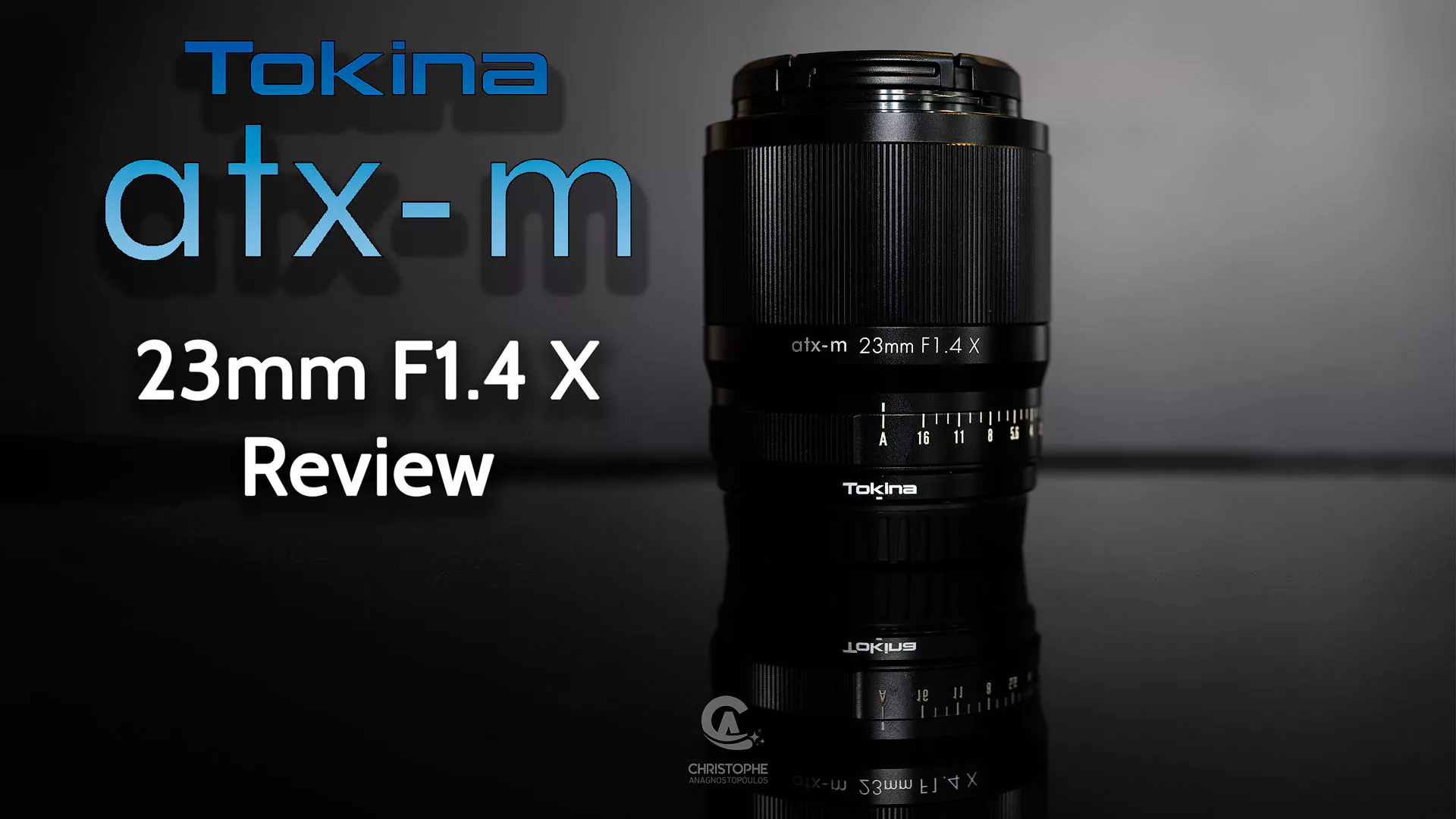










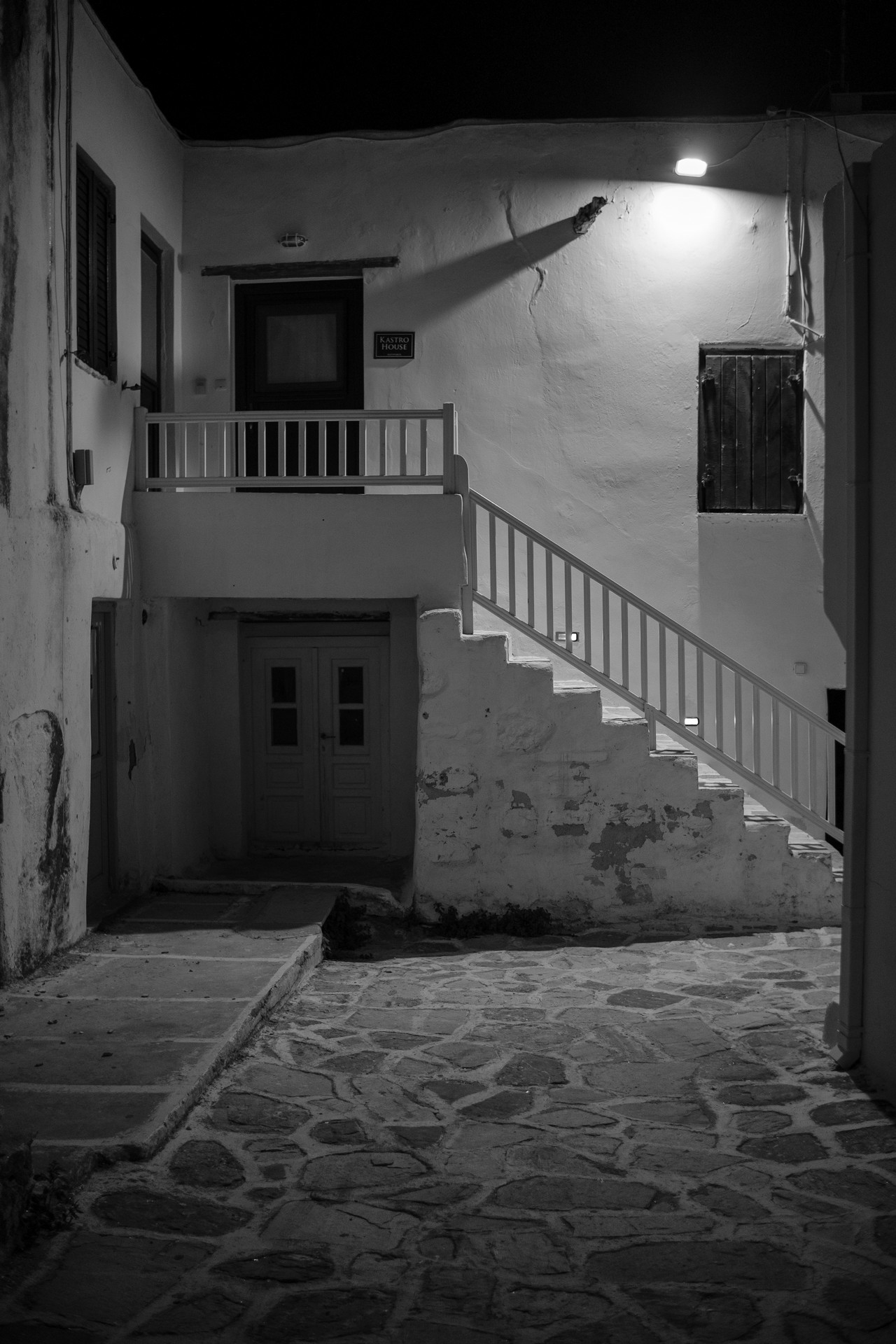







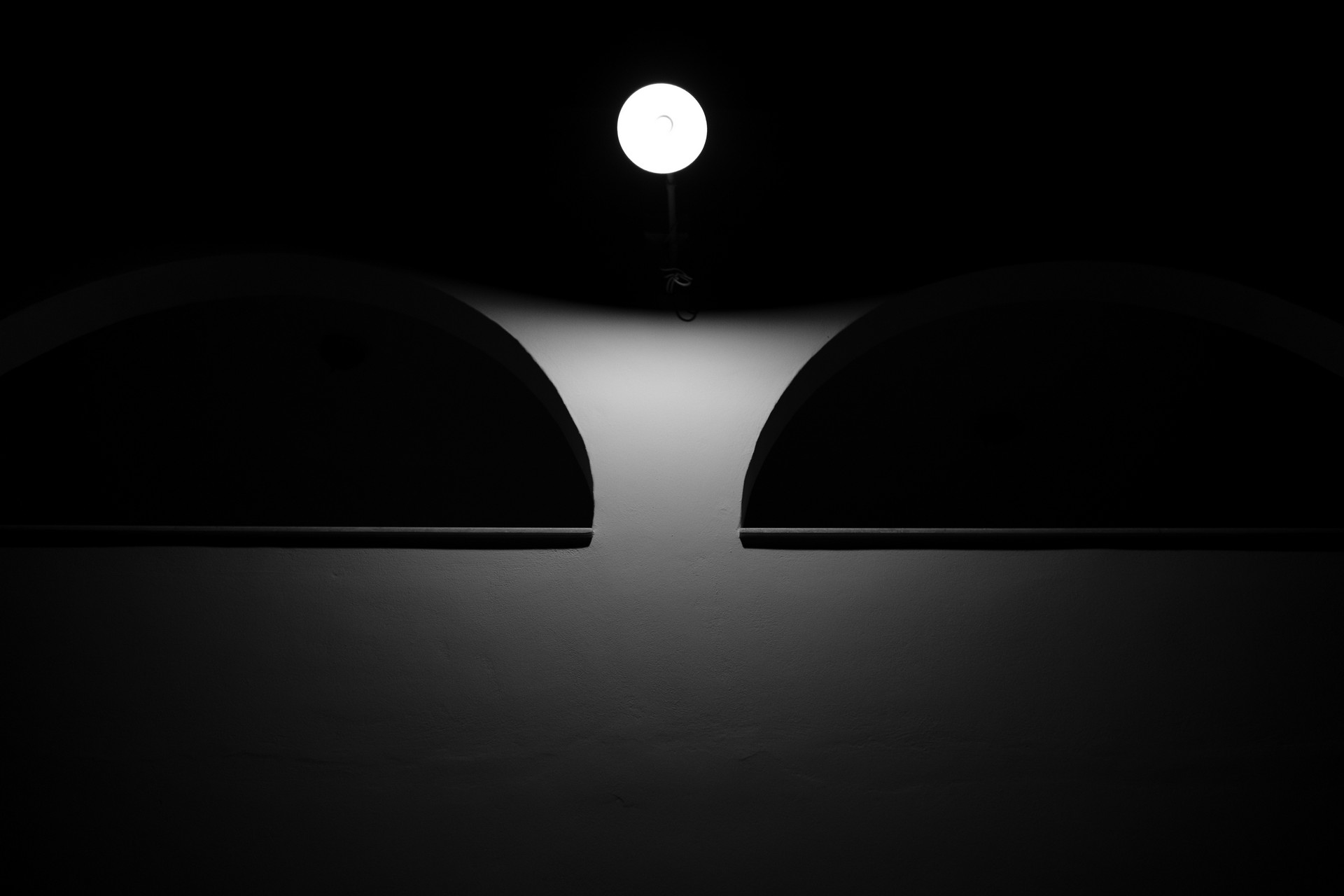



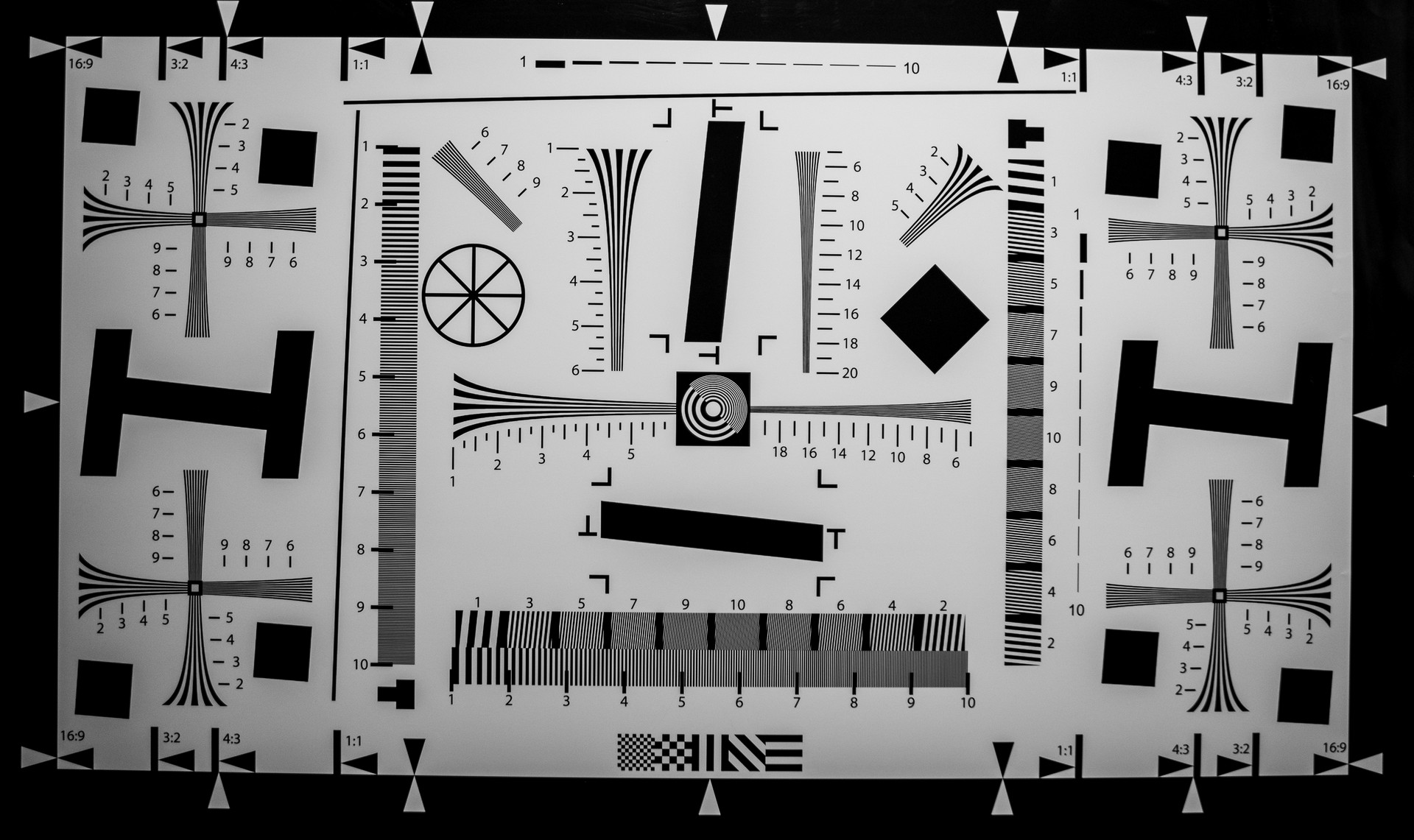





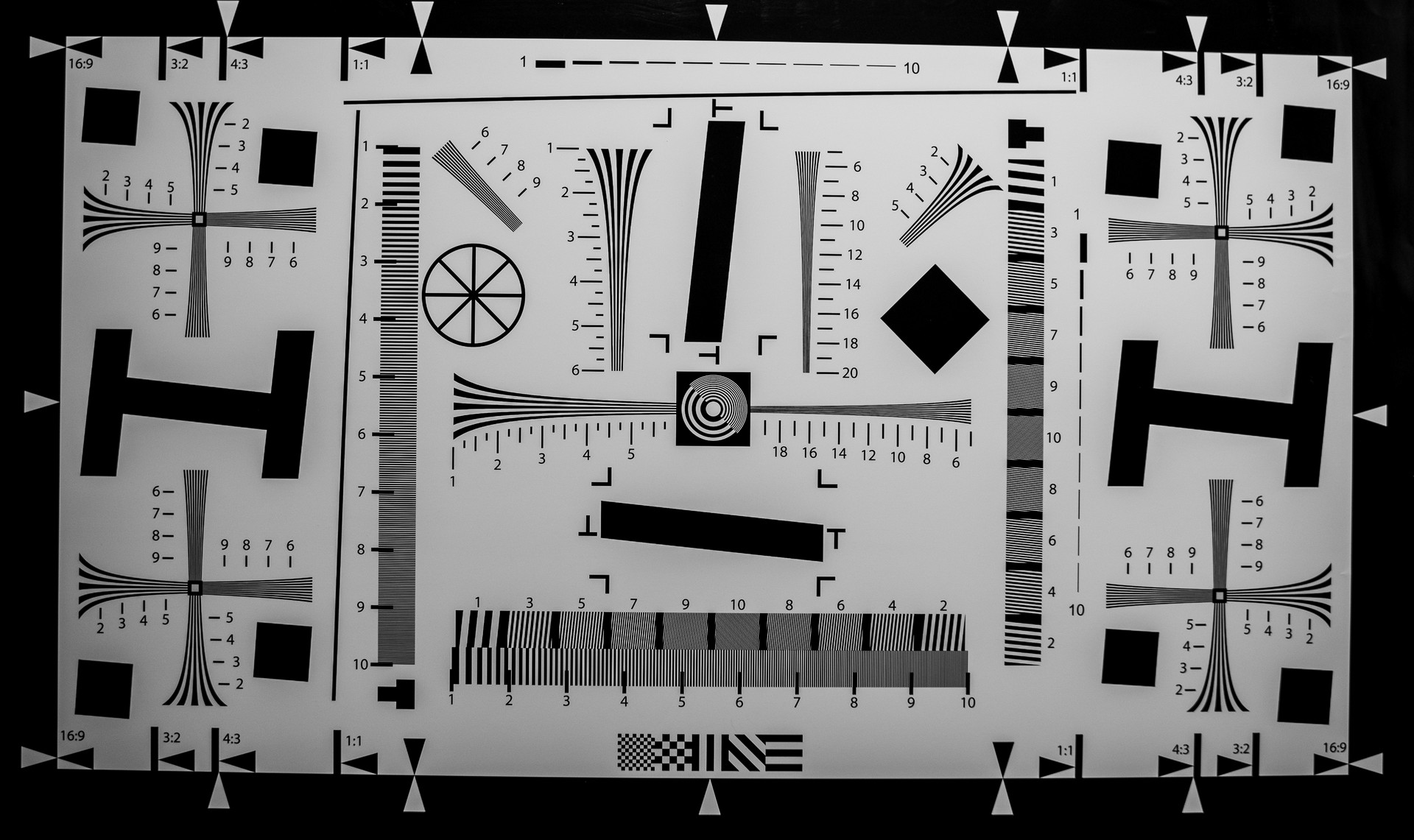











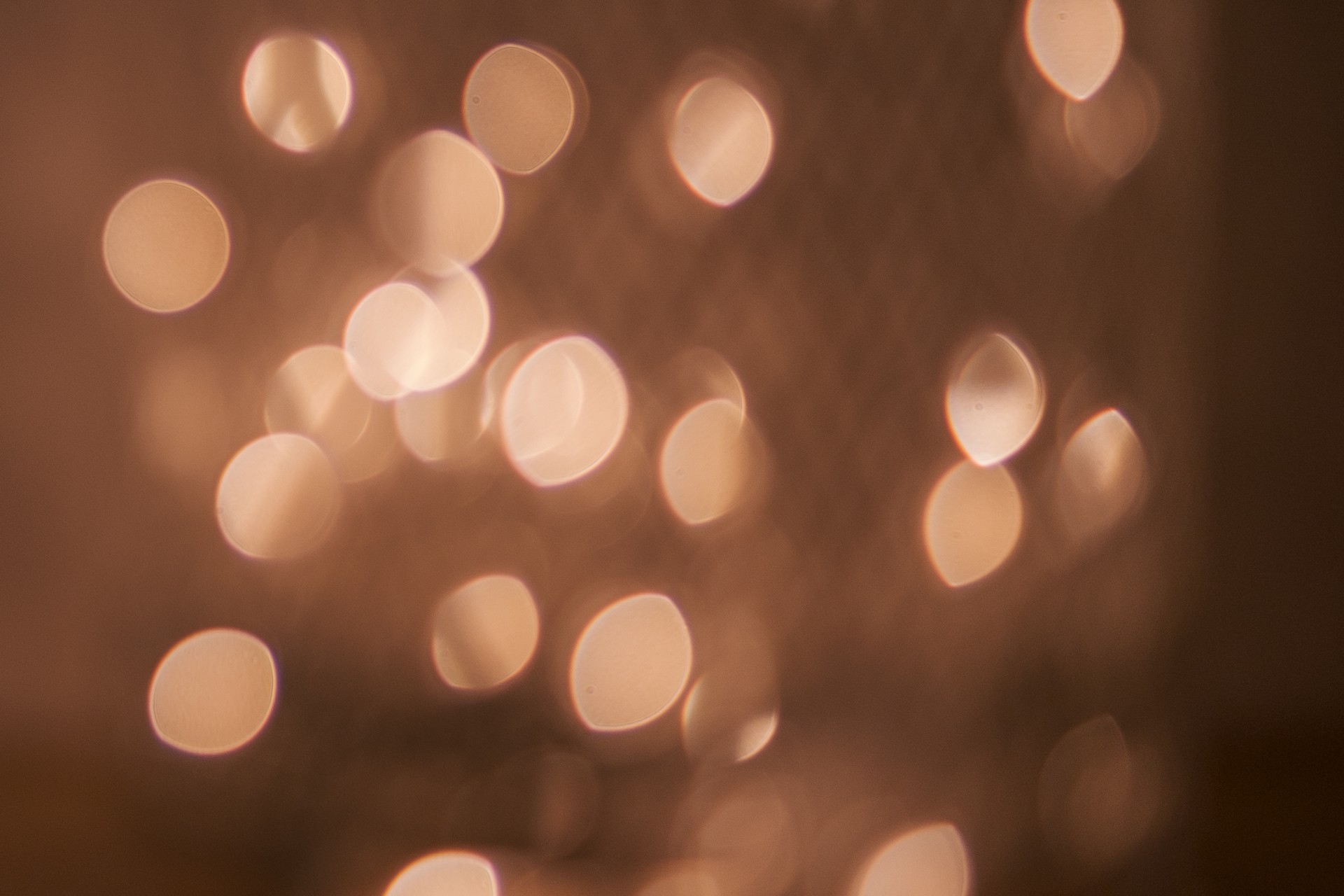



























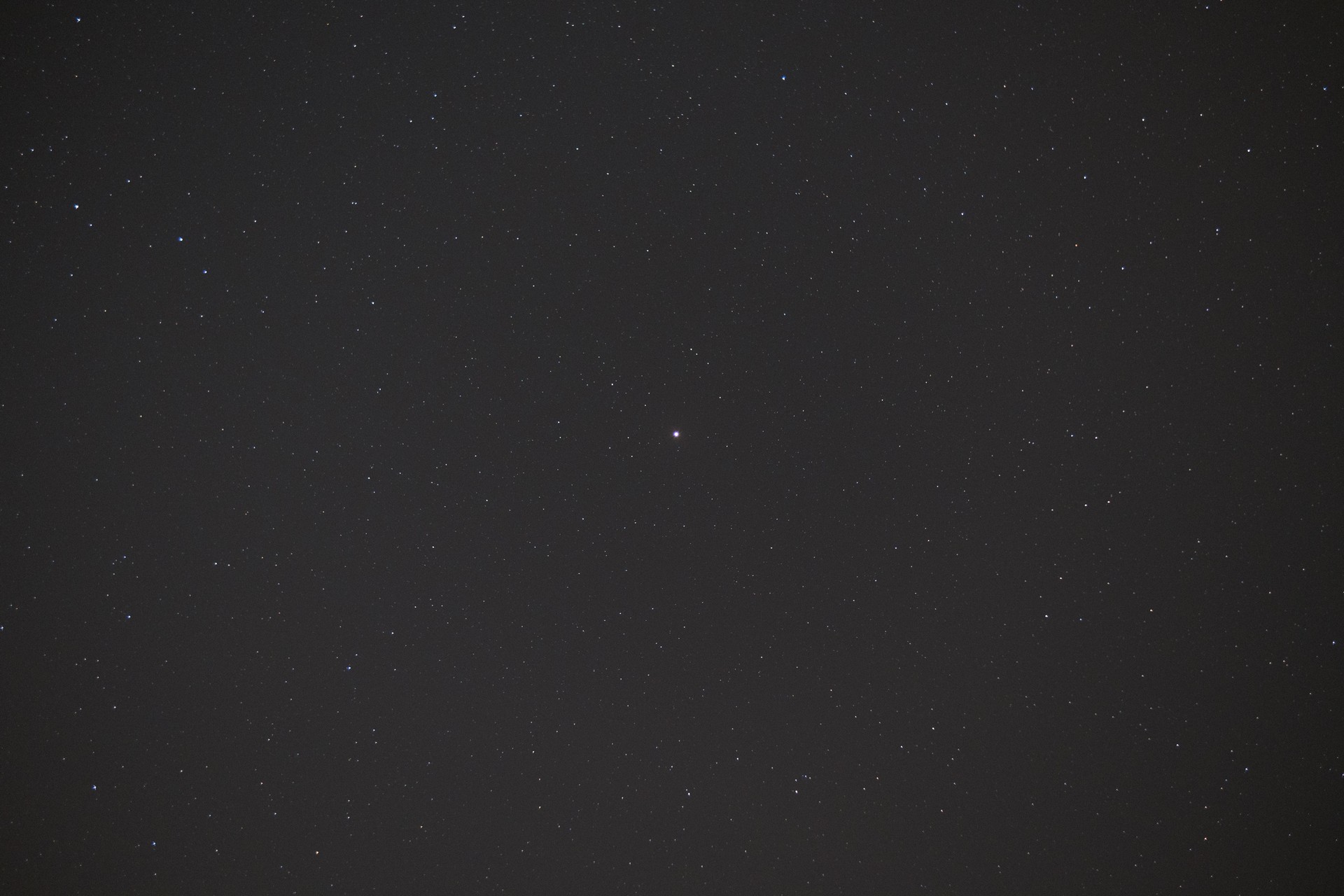

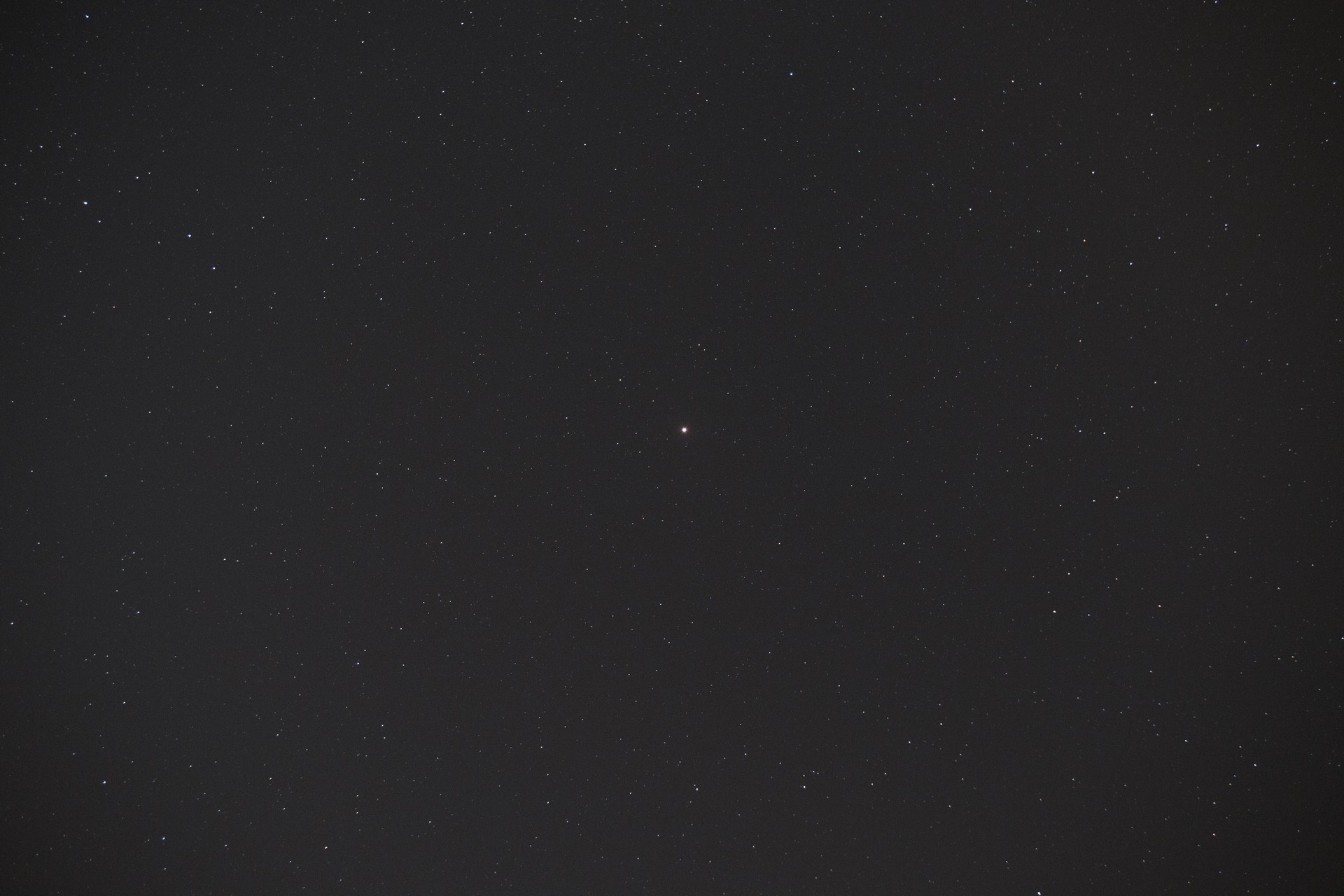


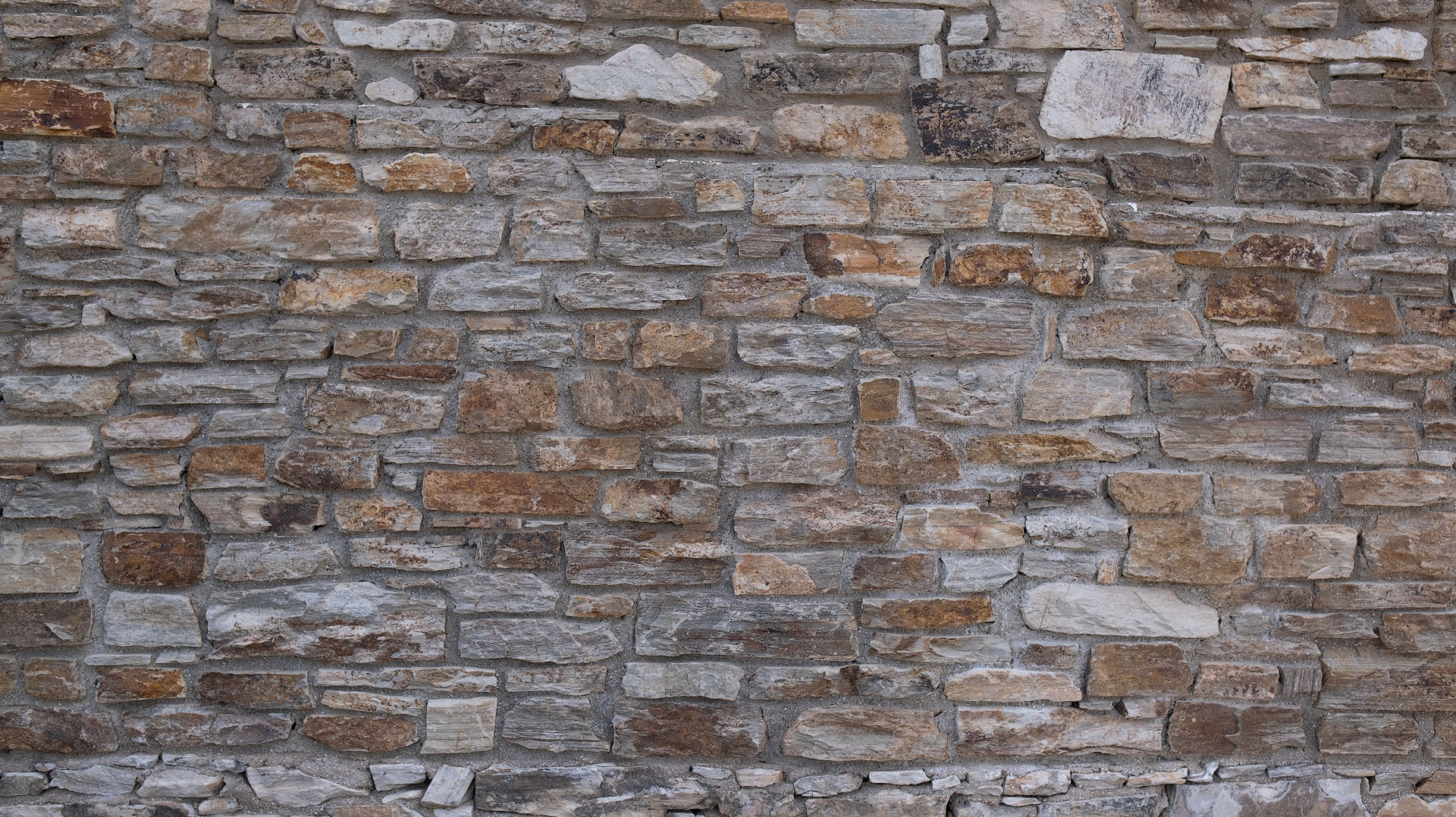
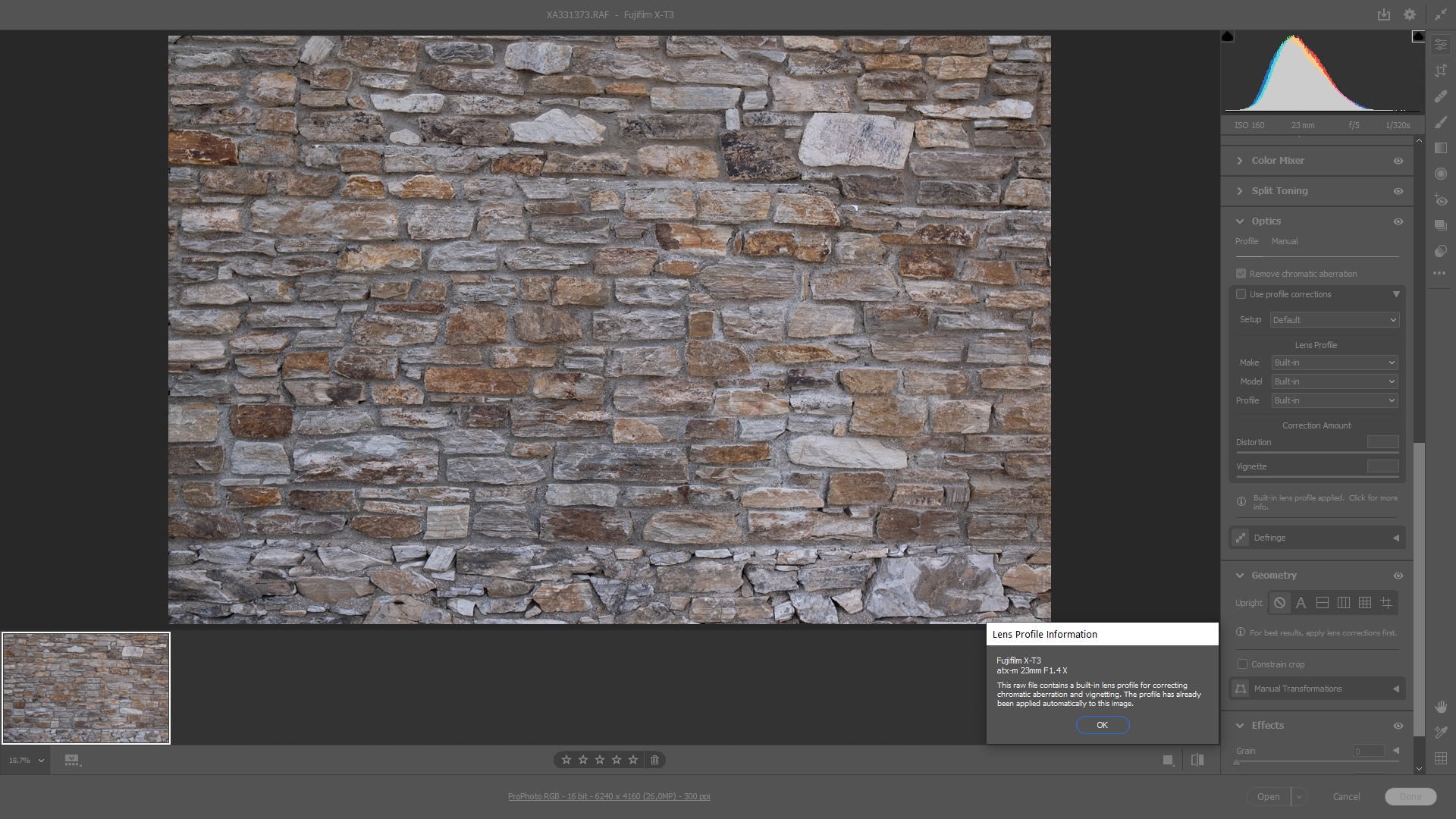
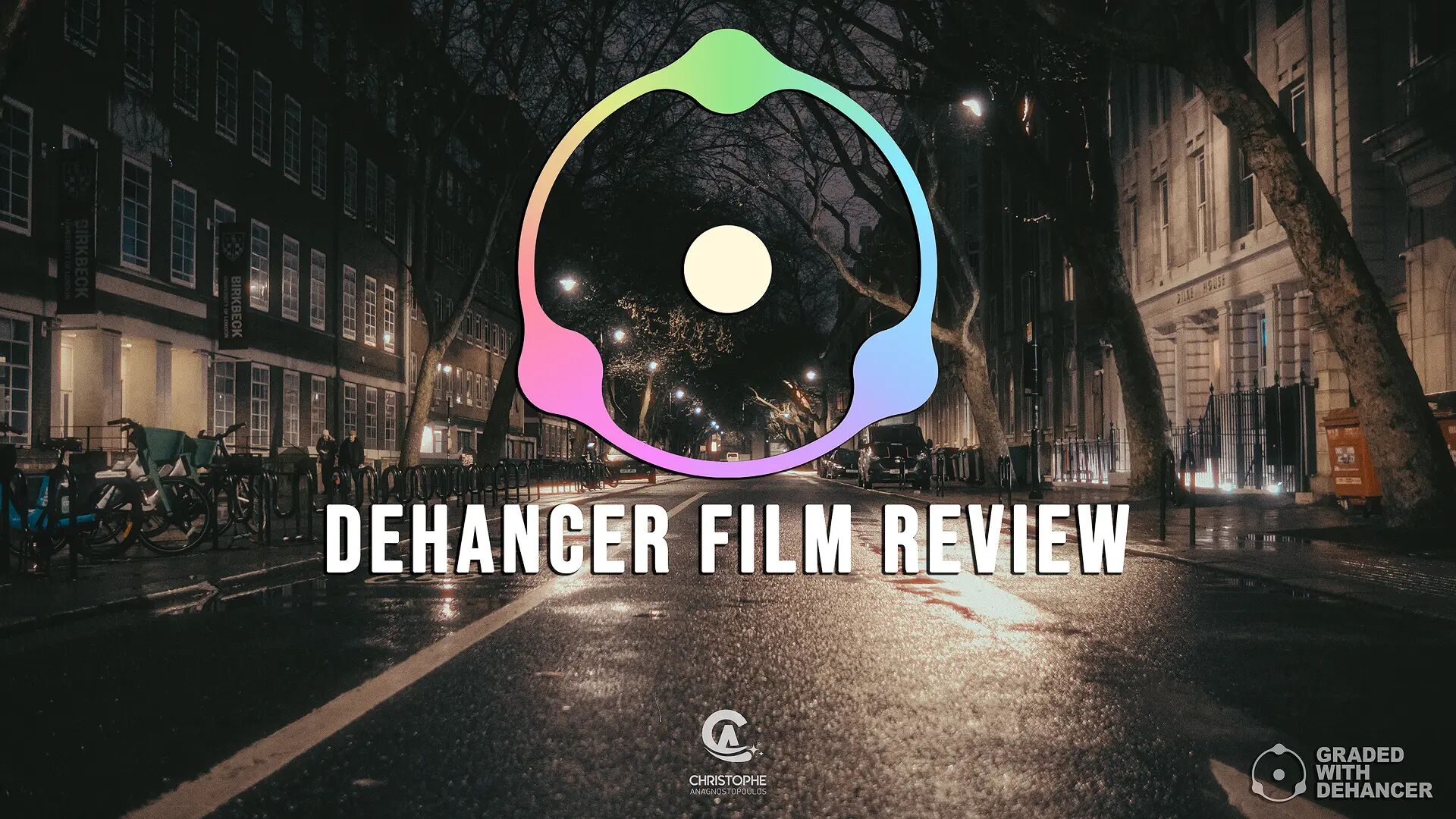
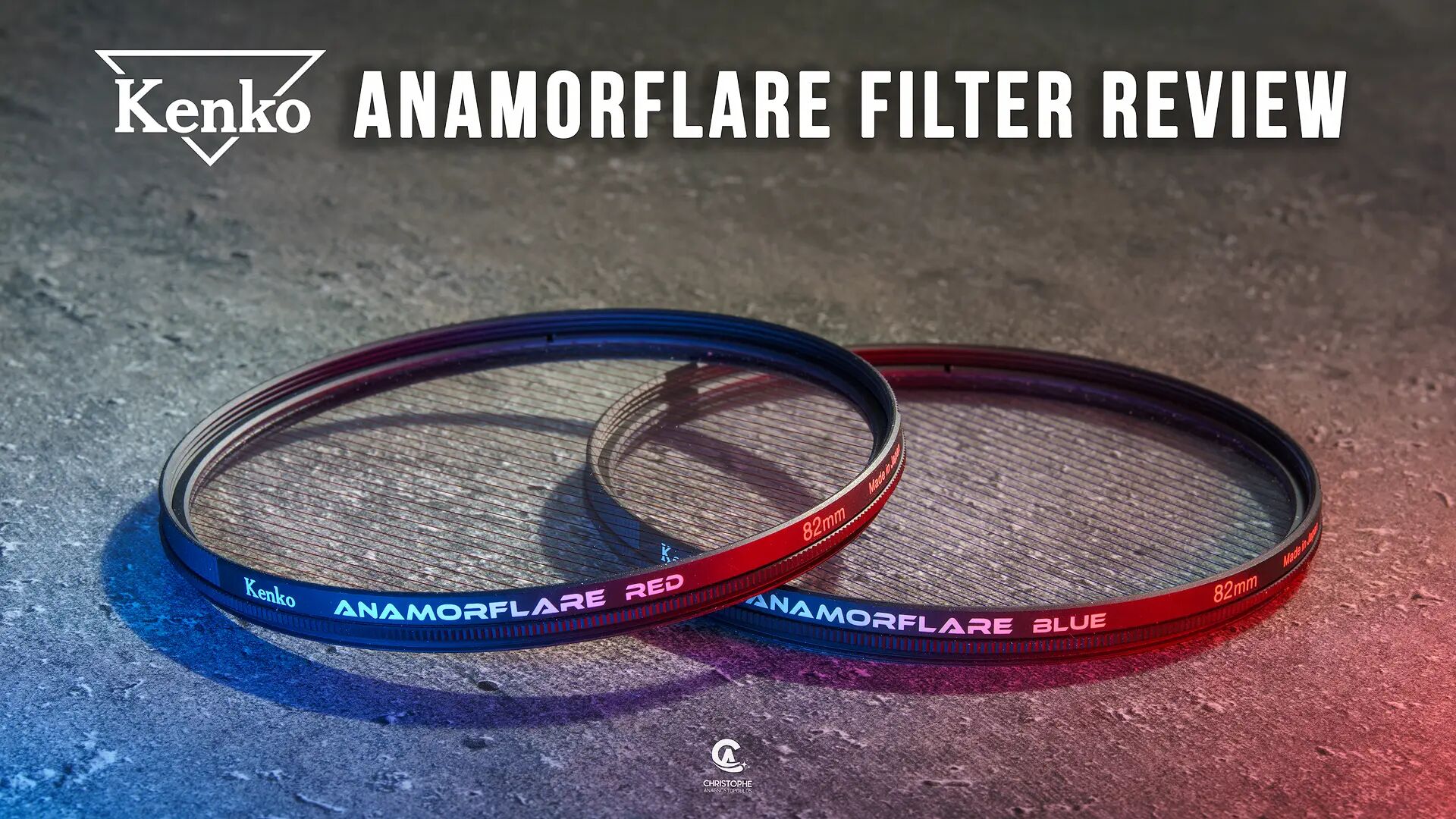
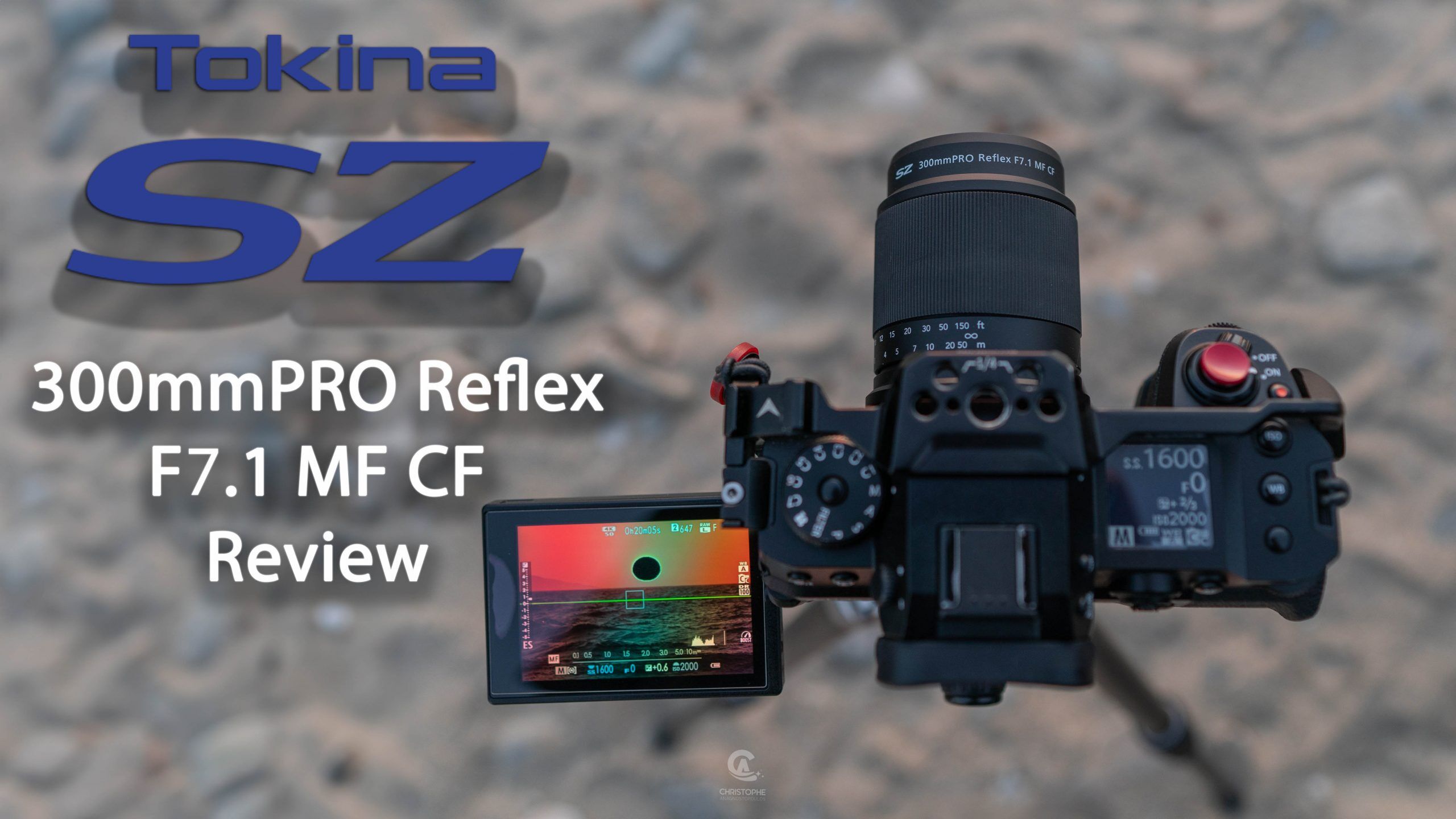


Excellent review with great balance between ‘real life’ usage and lab stats. Good pics too! Oh to be in Greece!
Many Thanks.
Thank you!
Hello Christophe, do you know the difference between this model (TO1-ATXM23F)and the “new” version released in July 2021( TO1-ATXMII23F). Amazon sites even mentioned on the description as “limited edition” but is cheaper than the original version, specs are exactly the same, maybe it’s not including the filters?
Hello Ivan, and thank you for your comment.
To answer your question, yes there are two versions of the Tokina atx-m 23mm X, the latest being the “Limited Edition” you already mentioned.
The difference between the original version and the new one is about the included filter.
The original version comes with the filter, while the new/limited version comes without filter, thus the lower sale price.
All other lens specs are totally the same.
Hope this helps.
Hello Christophe,
I think that I read somewhere in your review that this lens is made in China and not in Japan. Is this an issue regarding workmanship and quality?
Hello Peter,
Not an issue at all! The lens is being built with the highest quality standards.
Tokina was always famous for their amazing build quality and performance of their products, and this lens follows the same standard.
I’ve been using this lens almost daily since its release, in all kind of scenarios and weather conditions, and so far I’m very pleased with its quality.
Hope this will be of help to you.
Many thanks for your comment.
Thanks Christophe, that helps a lot.
Hello Christophe,
This lens looks very similar to the Viltrox 23mm f1.4, however no one could confirm what is happening really. Do you have any new information about this?
Viltrox lens had some problems with continuous AF speed in video, assuming Tokina have Fuji protocols, does it work as it should in this regard?
What about the lens profile, does it exist when RAW files are imported into LR?
Thanks…
Hi Alejandro,
Indeed the lens looks similar to Viltrox 23mm, yet these are two different lenses.
First of all the coatings of the Tokina are exclusive which means that the lens handles any possible optical aberration better.
Then we have the “official” Fujifilm AF protocols (no reverse engineering) which means that the lens is focusing like a Fujifilm lens.
Very quick and accurate. In all my tests in both stills and video, the AF is really great.
I’m using this lens on weddings as my main lens, and honestly it is amazing.
Regarding Adobe Camera RAW lens profiles, unfortunately there are no one available as we speak, and I cannot remember any other lens case to have taken this long to release a profile.
Who knows why..
Still, when importing the RAW files to LR or edit them directly I didn’t find any issues.
Let me know if you want send you some RAW files to check them.
Thanks,
Christophe